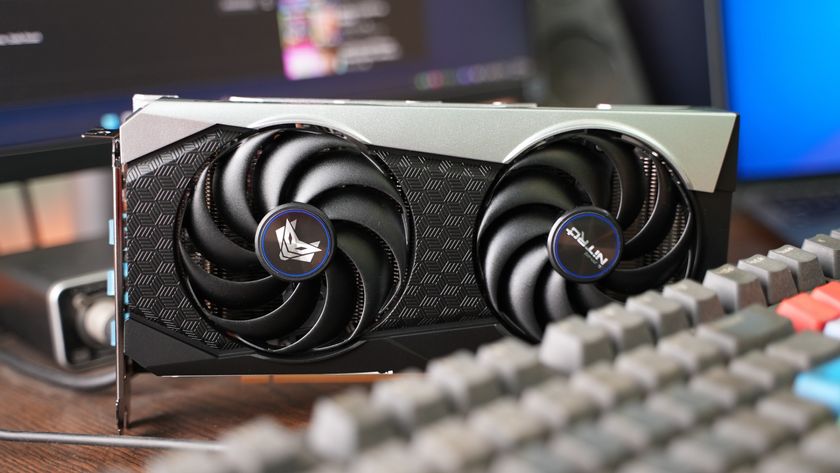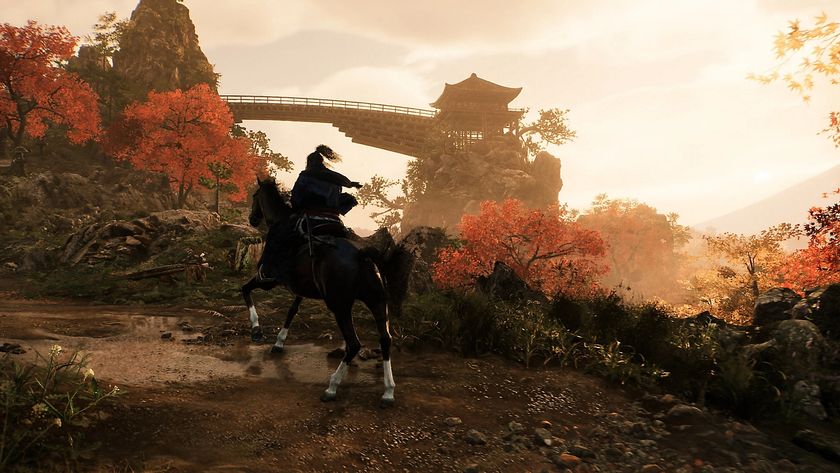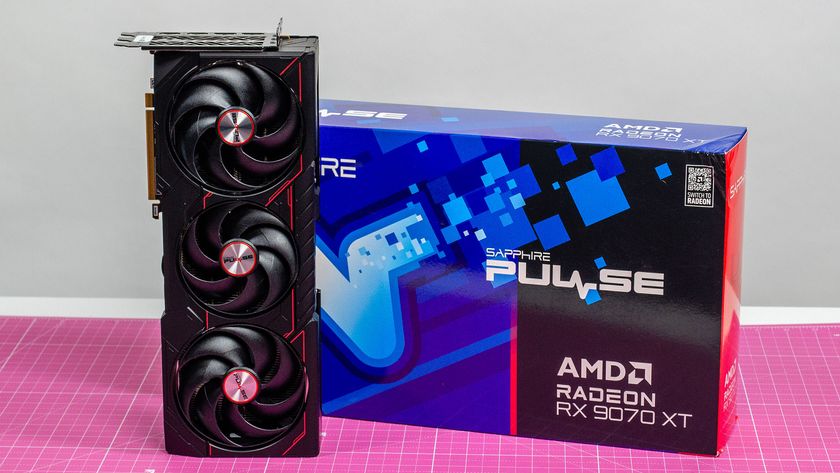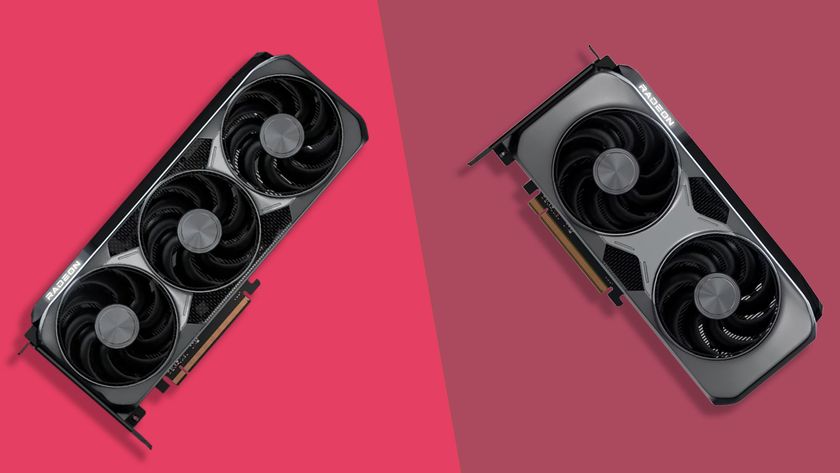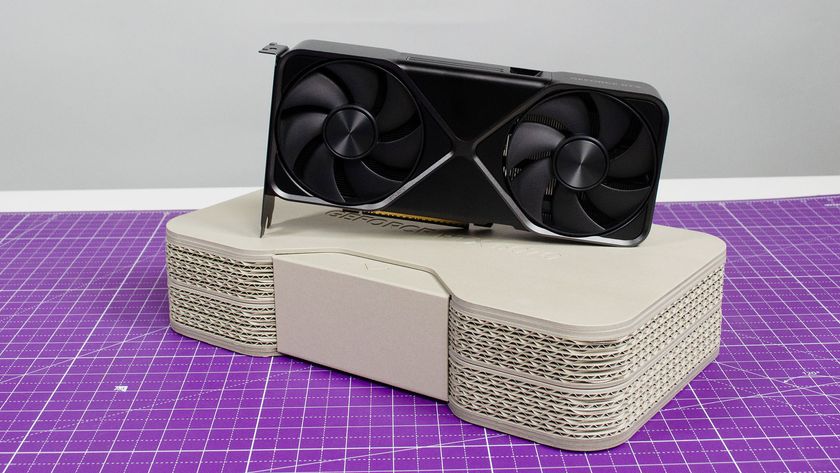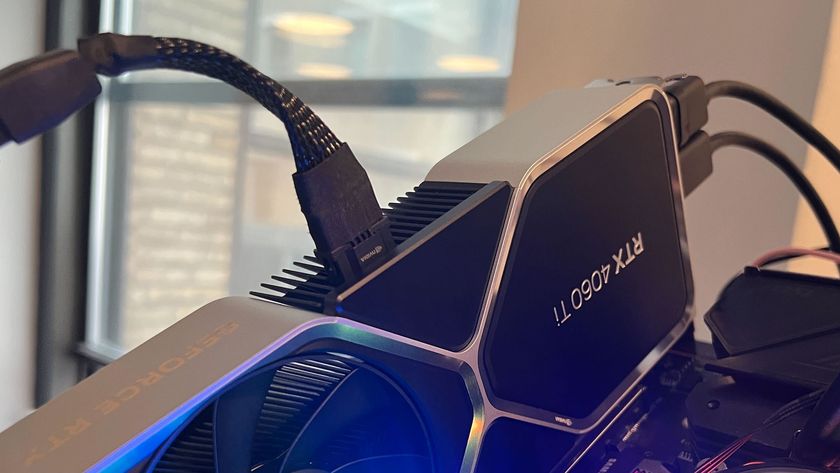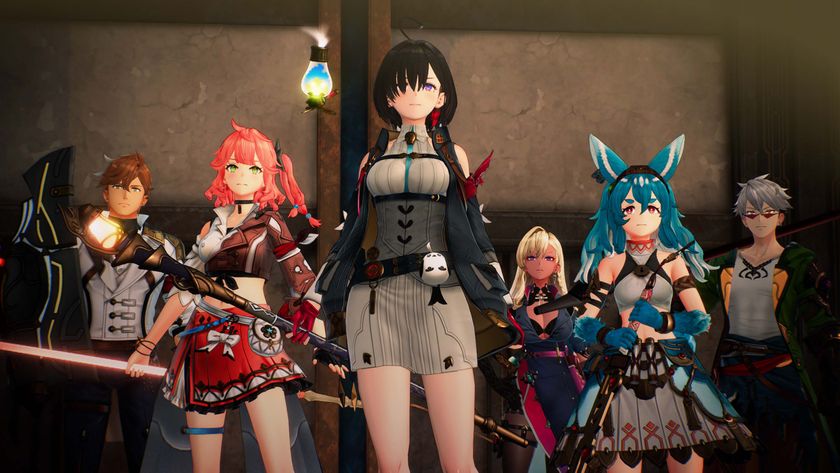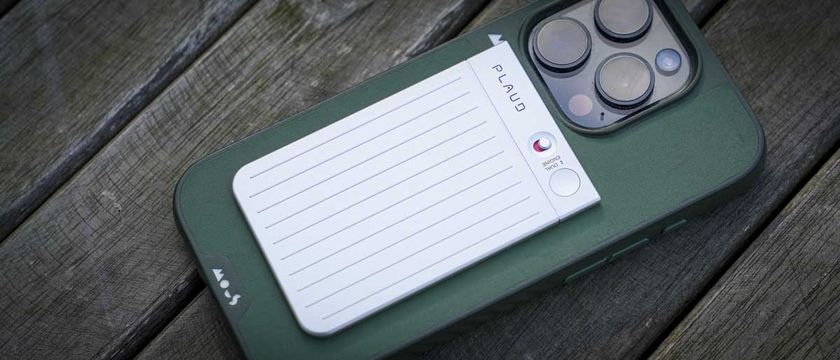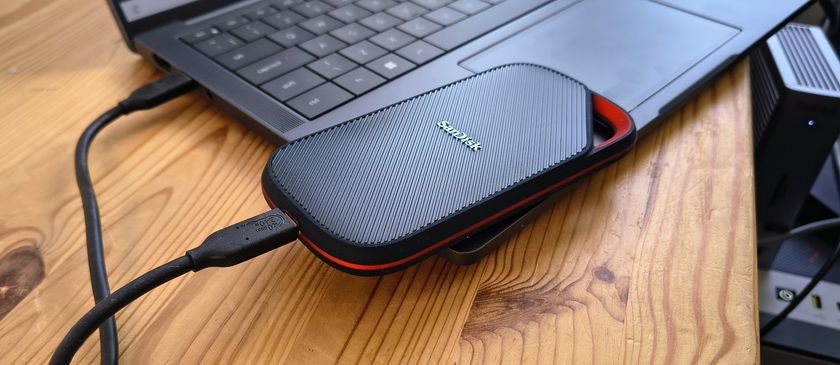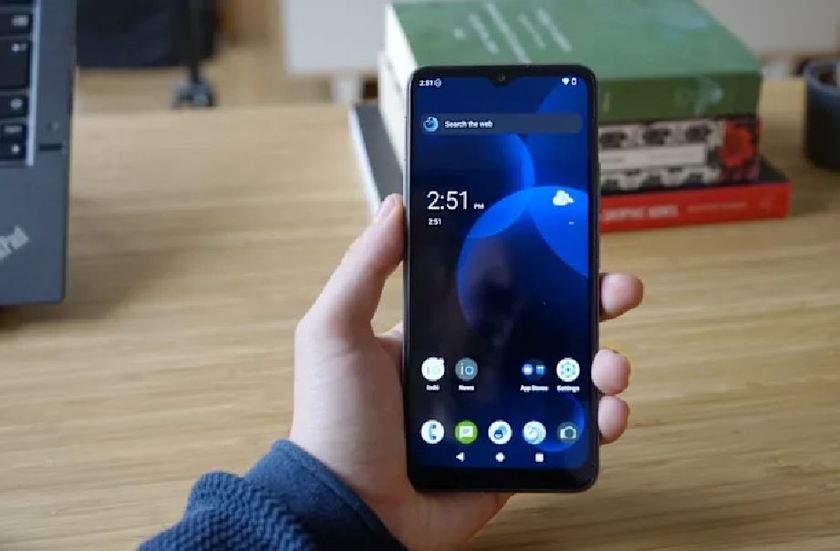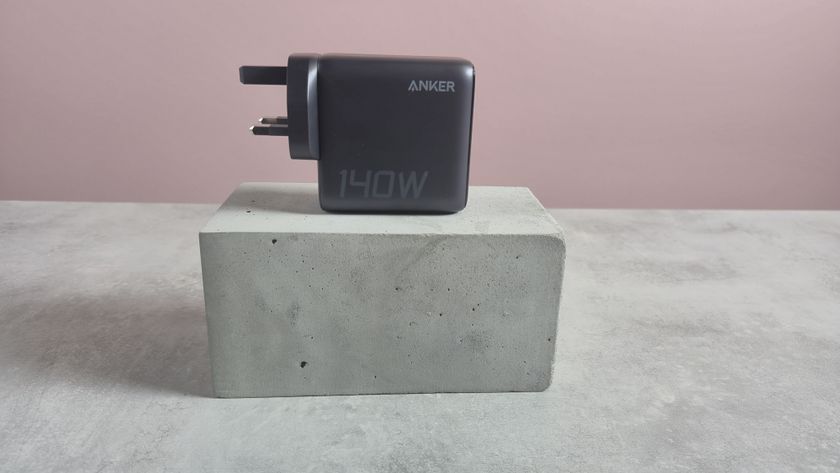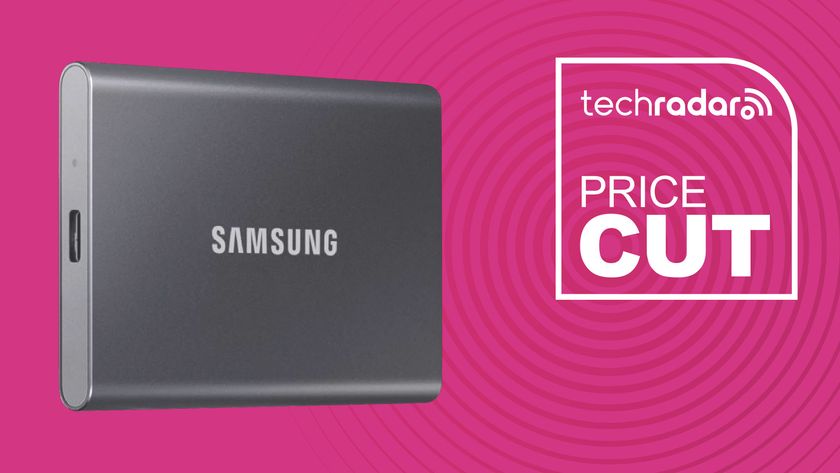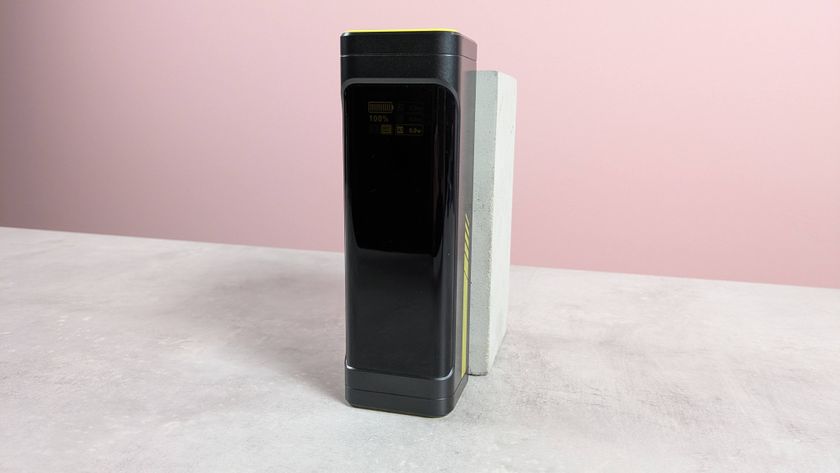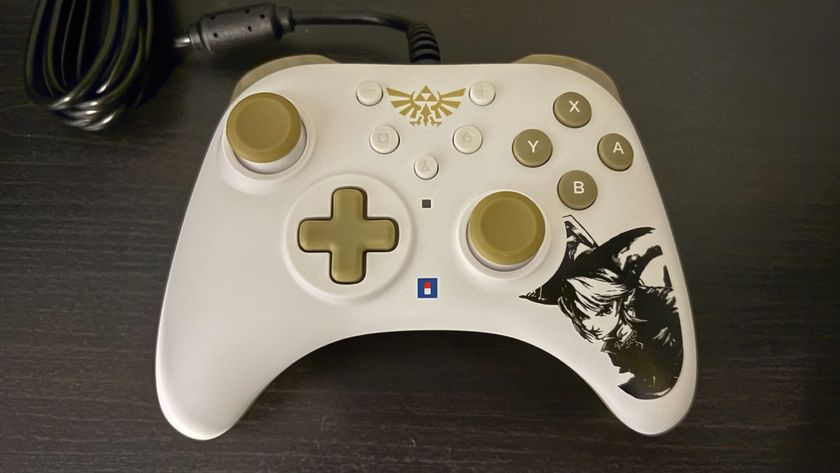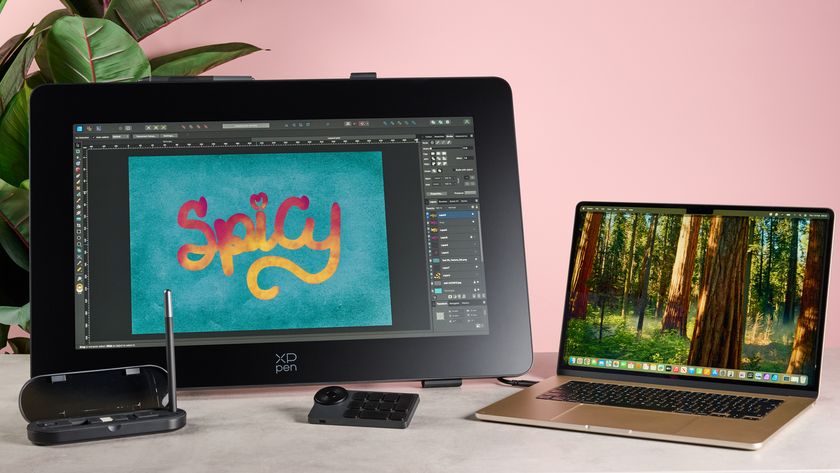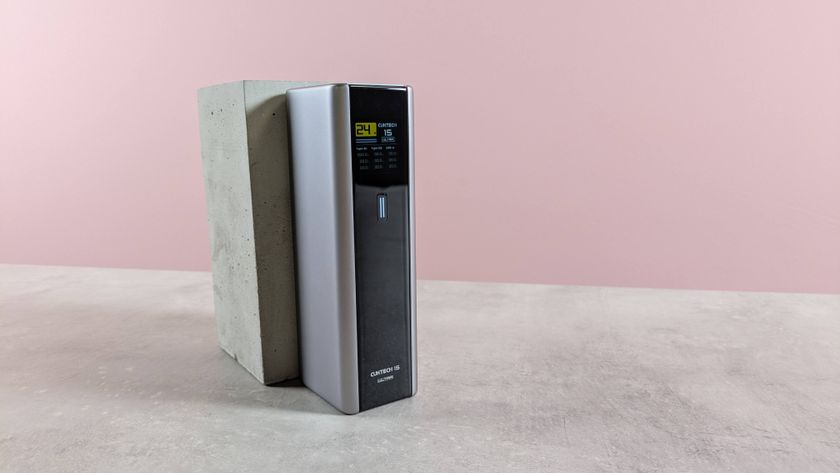TechRadar Verdict
Pros
- +
Tempting price point
- +
Eyefinity
- +
Lower power consumption
Cons
- -
Better value cards exist
- -
Reduced shader count
- -
Relatively slow clock speed
Why you can trust TechRadar
AMD's Radeon HD 6870 hit the streets yesterday along with this, the cut-clocked Radeon HD 6850. But where does the smart money go?
A lot can happen in twenty-four hours. And indeed a genre-shifting amount has come to pass since yesterday in the frenetic world of graphics cards.
As ever, it all comes down to money.
In light of AMD's impending launch of it's second-generation DX11 graphics card, Nvidia slashed the prices of its GTX 460 and GTX 470 graphics cards. AMD then launched its 6870 and 6850, quickly followed by a similar slashing of its pricing.
This has meant there is a surprising gamut of prices being charged for the 6850 – ranging from £133 up to £159. For this reason we've held off on our 6850 review until now, as we're sure that the dust is finally starting to settle.
AMD is pitching the Radeon HD 6850 as "the best performing graphics card in the sub-$200 budget." In other words pricing is absolutely key to the very reason for this card.
The problem is, thanks to Nvidia's shenanigans, it's finding itself squeezed from above and below, trapped (price-wise at least) between the 768MB rendition of Nvidia's GTX 460 (available for as little as £117) and the full 1GB variant.
It needs to pull some serious magic out of its svelte silicon to compete there.
The AMD Radeon HD 6850 doesn't boast a completely new core though, more of a revamped version of the Cypress core, as found in the HD 5850.
Codenamed Barts Pro, the 6850's core has 960 stream processors, running at 775MHz. That's two-thirds of the shaders you'll find in the 5850, a difference the 50MHz faster clock speed is ill-equipped to make up.
The fact that AMD can run this core at higher clock speeds is due to a smaller die-size, 255mm2 as opposed to the 334mm2 found on the previous generation. You do get the full 32 ROPS mind, plus a slightly overhauled tessellation engine that improves performance at the more reasonable tessellation factors.
The 6870 and 6850 boast a new anti-aliasing mode too, termed MorphoLogical Anti-aliasing, or MLAA for short.
The interesting thing here is that it uses DirectCompute to process the full scene after it has been rendered, to produce results similar to 4x MSAA but faster and at a reduced memory footprint. There have been some improvements to the anistropic filtering engine too to smooth the transition between different levels of detail to reduce the effects of stepping.
Subtle improvements then, but improvements all the same.
In terms of the core specification then, the AMD Radeon HD 6850 (note that dropping of the ATI branding, it's not a mistake) ships at a core frequency of 775MHz coupled with 1GB of GDDR5 running at 1,000MHz (effectively 4GHz).
You'll need a single six-pin power cable for this dual-slot card, and you're good to go.
You can expect card manufacturers to produce overclocked, non-reference design versions from the get-go too.
